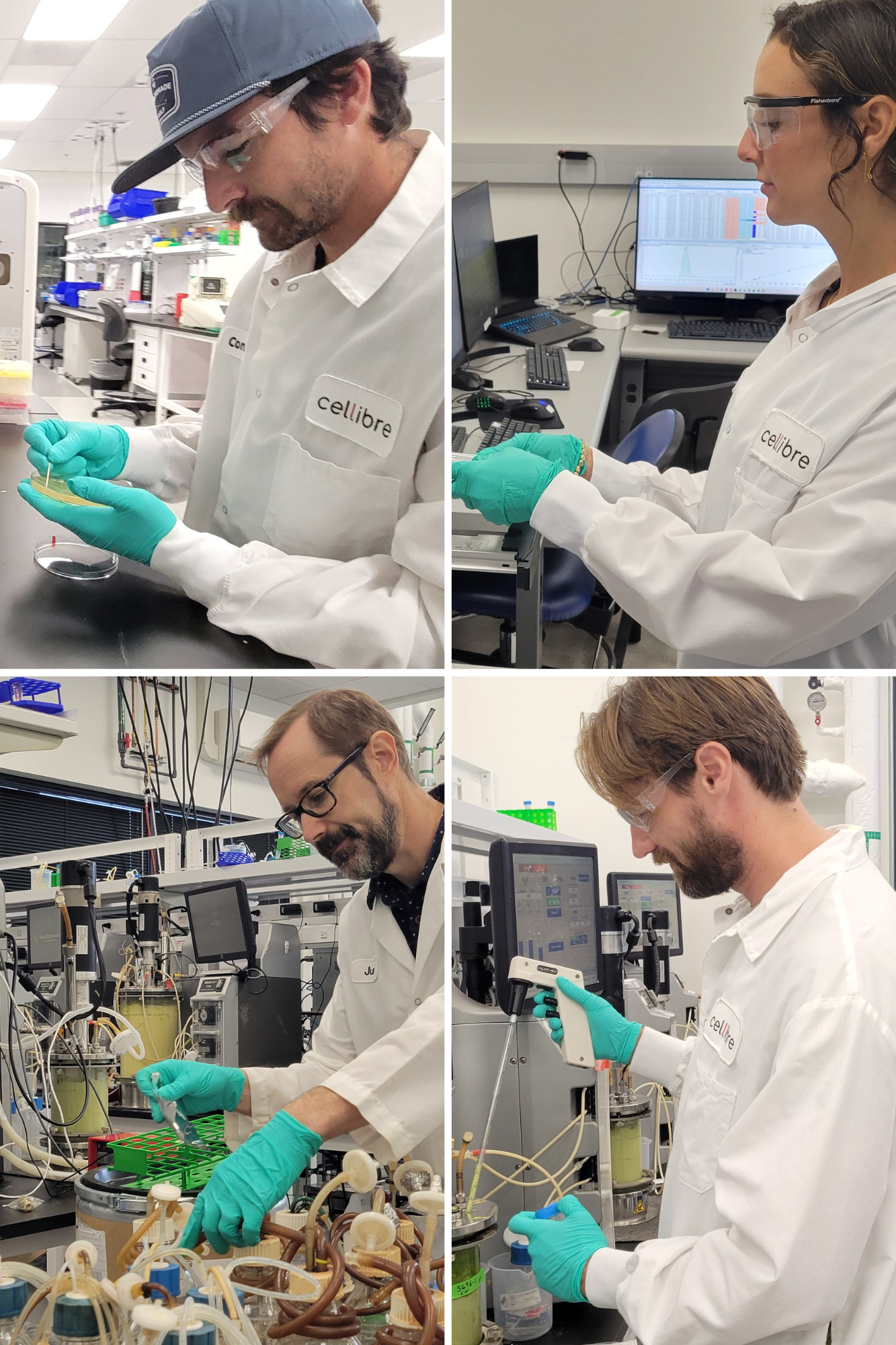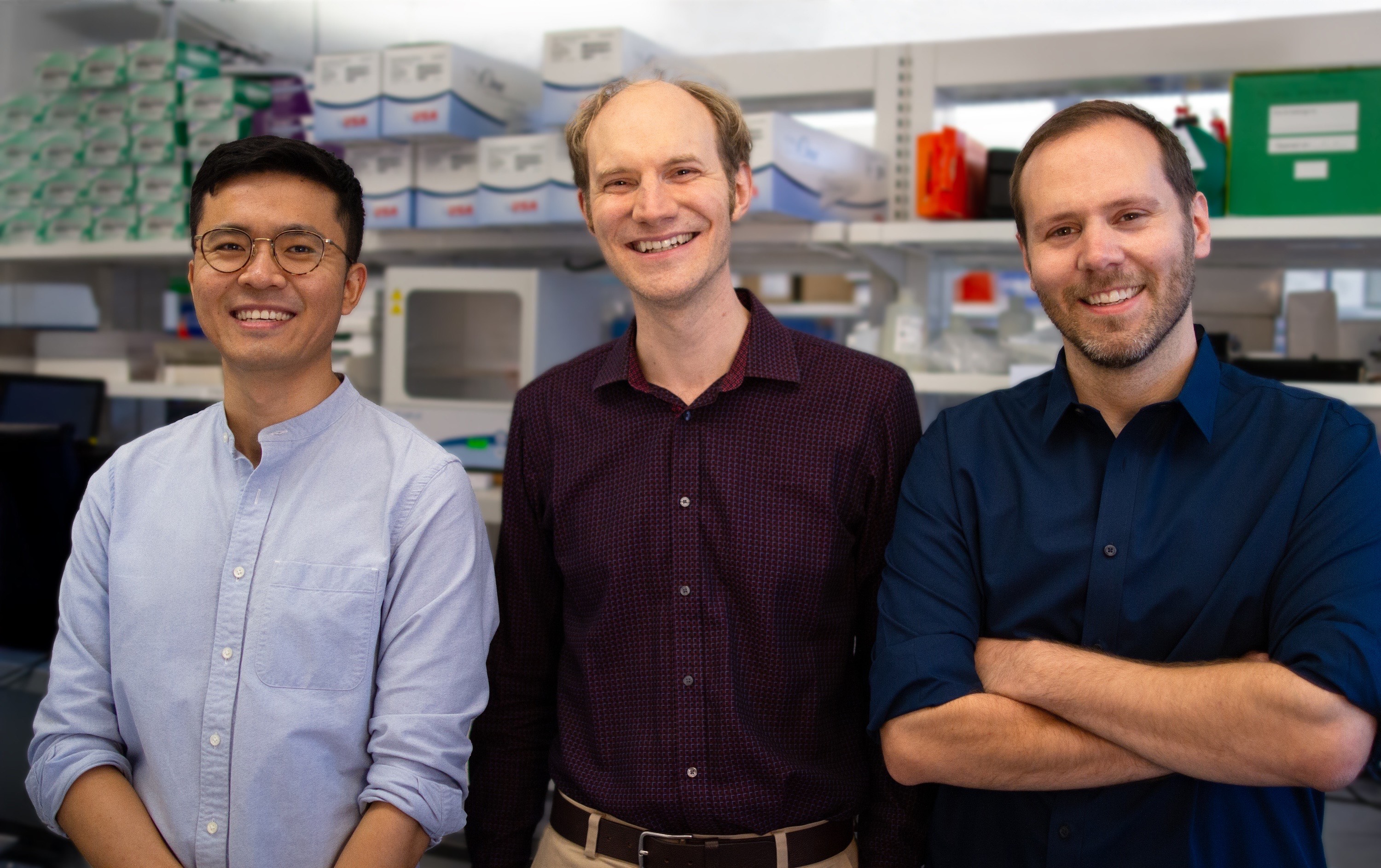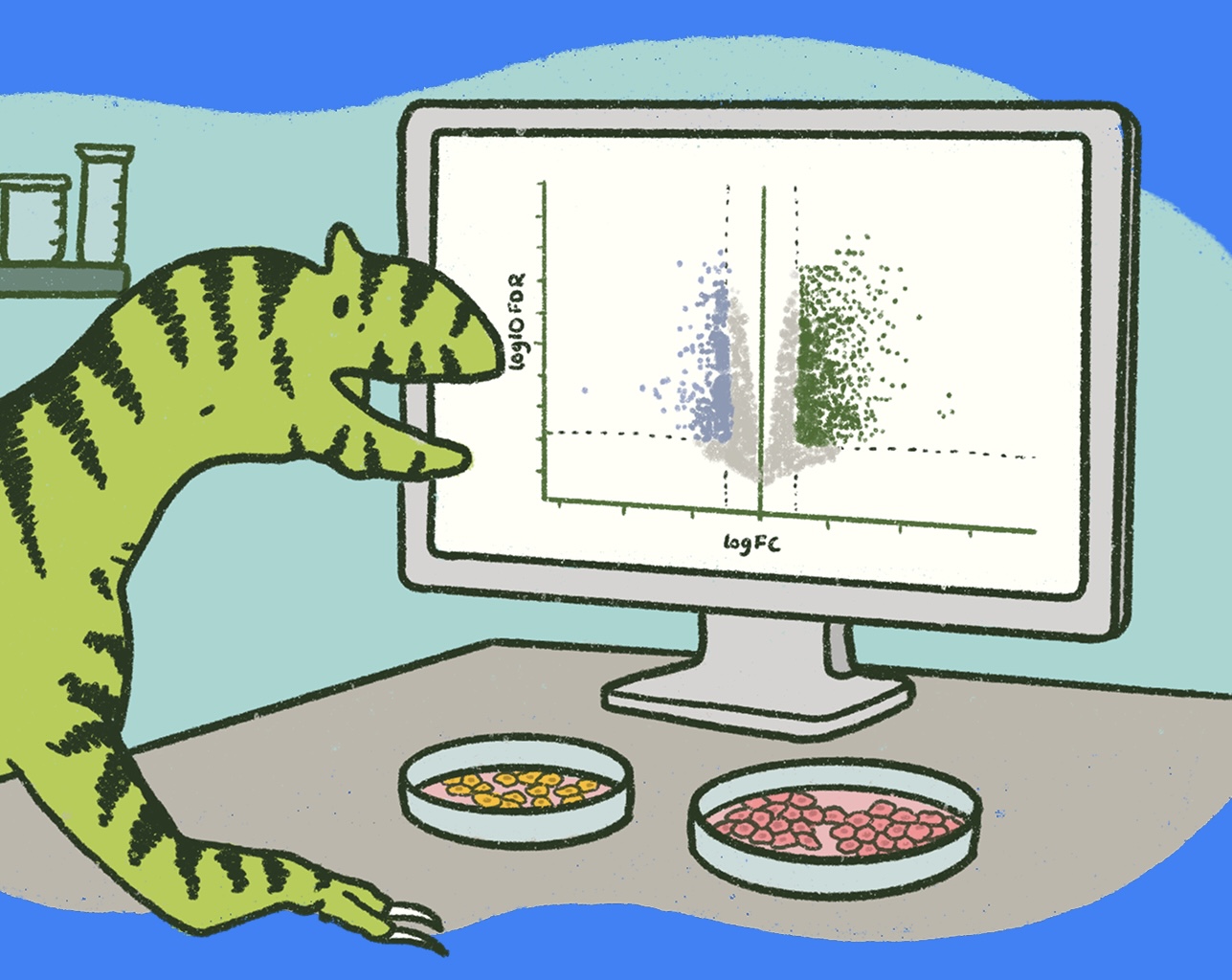Synthetic biology news from the lab bench #1
Synthetic biology news from the lab bench #1
From living buildings and protein music to DNAzymes and biohybrid robots, it was another big week for synthetic biology research. Here’s the news you need to know:
Environment
?Newcastle and Northumbria Universities were “awarded £8m to establish the world’s first research Hub for Biotechnology in the Built Environment (HBBE), which will use the very latest biotechnologies to create ‘Living Buildings’ that are responsive to, and protective of their environment and the people who live in them.”???Scientists developed a new platform for producing blue pigment from engineered fungi that could provide a sustainable alternative to conventional synthetic dyes. “With an average titer of 86 grams of indigoidine per liter of bioreactor culture, the yield of the strain – which they named Bluebelle – is by far the highest that has ever been reported.” ?Revive & Restore announced the release of an “Ocean Genomics Horizon Scan.” This 200+ page report provides a first-of-its-kind assessment of genomic & biotech innovations to complement, enhance, and accelerate today’s marine conservation strategies.
Agriculture
?The CRISPR-based tool called SHERLOCK was applied for the first time in plants: it could be an important tool for the rapid detection of pathogens or pests and in plant breeding. ?Researchers engineered wheat plants to have fewer microscopic pores – called stomata – on their leaves. The crops are better able to survive drought conditions, and use water more efficiently, while maintaining yields.
Molecular biology
???A new family of enzymes has been “engineered to perform one of the most important steps in the conversion of plant waste into nylon, plastics and chemicals. The enzyme is active on lignin - one of the main components of plants, which scientists have been trying for decades to find a way of breaking down efficiently.” ? The Manchester Institute of Biotechnology launched the Future Biomanufacturing Research Hub last week. They are working to engineer biocatalysts up to an order of magnitude faster than the current industrial timeframe.?Scientists described the reaction mechanism of DNAzymes, which are being developed for diagnostic and biomedical applications. “The role of DNAzymes as catalyzers is of great interest since they are easier to synthesise than proteins and RNA molecules, as well as being more stable and less expensive.” ?“Researchers have developed a system for converting the molecular structures of proteins into audible sound that resembles musical passages. Then, reversing the process, they can introduce some variations into the music and convert it back into new proteins never before seen in nature.” Read the coverage on MIT and Ars Technica. ??♀️Elisa Franco, associate professor at the UCLA Samueli School of Engineering, has received a $711,000 research grant from the U.S. Department of Energy to design DNA-based molecules that could be used to create smart artificial biomaterials, deliver therapeutics, and store energy for long periods of time.
Health
?A study identified a performance-enhancing microbe in the gut microbiome of athletes -- the discovery may open the door to engineered probiotics that enhance results from exercise and athletics. ?Scientists used the CRISPR technology to grow tobacco plants that contain 99.7 percent less nicotine. It could boost efforts to reduce nicotine in cigarettes to non-addictive levels, according to the New Scientist.?The University of Washington’s Institute for Protein Design is teaming up with Amgen to build better cancer drugs. “All of these projects have one thing in common, which is de novo protein design — the development of proteins that didn’t exist in nature but could be potentially very useful in combination with more traditional biologics like antibodies or newer biologics,” said Lance Stewart, chief strategy and operations officer at the IPD.?“Both nature and technology rely on integral feedback mechanisms to ensure that systems resist external perturbations. ETH researchers have now used synthetic biology to design a new mechanism of this sort from scratch. For the first time, they have introduced it into a living cell as an artificial genetic regulatory network. This will be a useful tool for cell therapy in medicine and for biotechnology.”
Energy
?Researchers have presented a new “strategy for efficiently producing fatty acids and biofuels that can transform glucose and oleaginous microorganisms into microbial diesel fuel, with one-step direct fermentative production.”
Biosensors
??? Scientists have created an "effective, non-invasive way to quickly identify new bacterial biosensors that can recognize and report the presence of various disease triggers in the gut, helping set the stage for a new frontier of digestive health monitoring and treatment." ?”By embedding engineered bacteria into the fingers of a robot arm, engineers developed a biohybrid bot that can detect a specific chemical (the bacteria produce a fluorescent protein in the presence of IPTG). In the future, bacteria could be engineered for different functions on the robot: detecting chemicals, making polymers for repairs or generating energy, for example.” ?New research shows that pili—tiny filaments jutting out from bacteria—can be used to create wires used in biosensors and bioelectronics. “Microbial nanowires are stable in various organic solvents and temperatures beyond boiling, which would allow them to withstand typical fabrication of electronics. They would also be produced renewably.”
Science policy
?A group of more than 80 scientists and engineers released a technical roadmap that lays out a path for achieving the promise of synthetic biology. According to the plan, strong government investments in the field will ultimately improve public health, food crops, the environment, the economy, and renewable energy. Our working group on benchmarking, in partnership with Berkeley Lights, addresses one of the key needs identified in the report.?Synthetic biology has catalysed global debate among policymakers and publics. In this article, scientists describe how synthetic biology relates to these international deliberations, particularly the Convention on Biological Diversity (CBD). They strongly recommend that the synthetic biology community monitor the CBD debates, and participate in future online forums. ?The USDA has proposed a new rule that could change how the agency regulates genetically-modified crops. This proposed rule “would provide a clear, predictable, and efficient regulatory pathway for innovators, facilitating the development of new and novel genetically engineered organisms that are unlikely to pose plant pest risks.” Submit your comments by August 5.
Science outreach
???An exhibition in London demonstrates how biology will be used increasingly as a key component in our everyday products, helping to create products and methods at lower cost that are more environmentally friendly.
Public perception
?Scientists conducted a survey to gauge public opinion on genetic engineering and biotechnology. It revealed that the terms “biotechnology” and “genetic engineering” were preferred to “synthetic biology”. In addition, terms associated with an image of a female scientist were better rated compared to the same terms associated with a male researcher. What did I miss? Please let me know in your comments below:



.svg)












.gif)